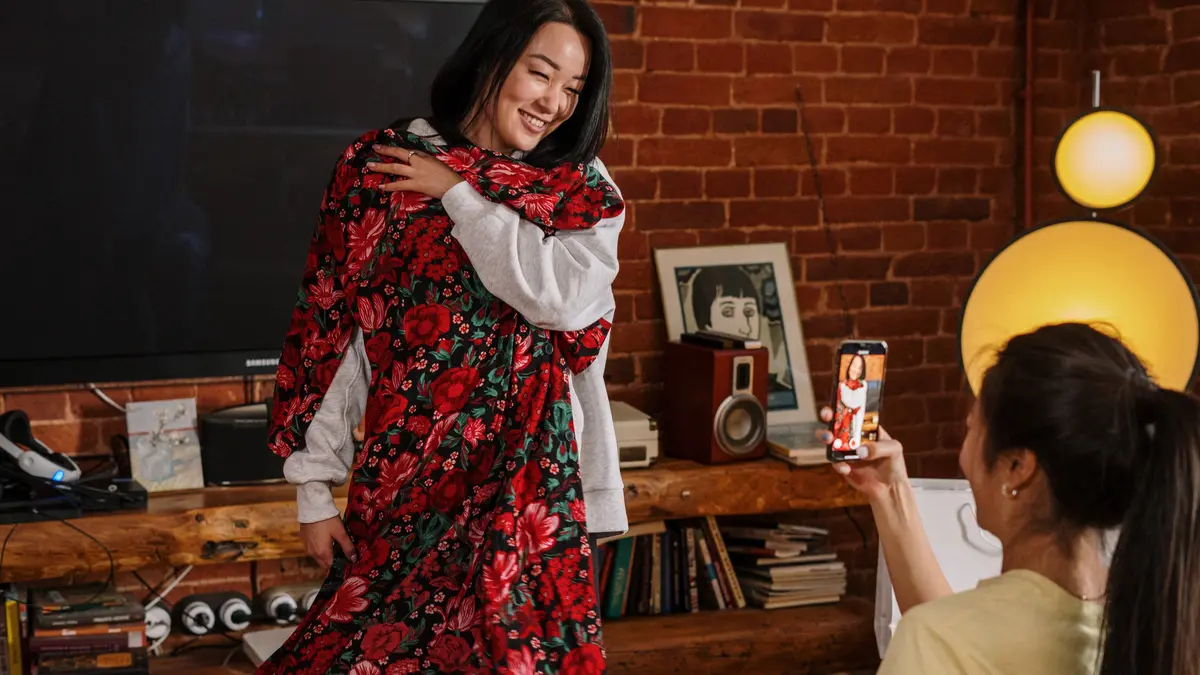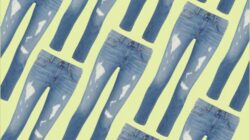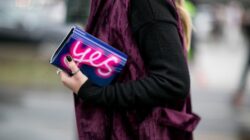Fast fashion is a design, manufacture and marketing method that focuses on mass-produced clothing.
This term is used by the textile industry which has a business model by imitating and multiplying high-end fashion designs, causing various problems, such as depleting resources, to the accumulation of hazardous waste.
The accumulation of textile waste caused by poor quality materials makes this industry the second largest pollutant in the world. Even fast fashion manufacturers are now not only releasing fashion trends for two seasons a year, but also releasing up to 52 micro-collections per year.
With the update of the micro collection, consumers will buy clothes more often to stay abreast of trends. In fact, each piece of clothing is only used an average of seven times before it is no longer removed from the wardrobe.
In addition to causing waste, the high production of clothing in a short time also has an impact on environmental quality pollution. Textile processing and dyeing pollutes 20% of water in industrial areas, where waste water contains hazardous materials such as mercury and arsenic, but also other household wastes such as organic waste from food scraps, inorganic waste such as plastic and cans, and other materials. chemicals from detergents and batteries that endanger the lives of living things in the water and the people who live around watercourses.
Aware of the negative impact of fast fashion on the environment, more and more parties are now moving to slow down the rate of textile waste through slow fashion, which prioritizes the selection of materials and production processes that are environmentally friendly, and uses high quality materials.
These simple things can extend the life of clothes. The concept of slow fashion will make the fashion industry run in harmony with the concept of a circular economy.
“Circular economy is an economic framework that seeks to extend the life cycle of a product, raw materials and existing resources, so that they can be used as long as possible”. explained the Deputy of Maritime Affairs and Natural Resources of the Ministry of National Development Planning (PPN)/National Development Planning Agency (Bappenas), Arifin Rudiyanto.
In a study conducted by Bappenas, it was explained that the circular economy is more than just waste management through recycling, but also includes natural resource management which includes the entire production, distribution, and consumption process from upstream to downstream of the supply chain. If the circular economy can be applied in the textile industry which is closely related to fashion in Indonesia, textile waste will be reduced by 14% and increase textile waste recycling by 8%.
As an effort to reduce the negative impact of textile production, the results of McKinsey’s research show that clothing that is used twice as long will reduce 44% of greenhouse gas emissions produced by the textile industry. This was followed by fashion producers who began to take steps to perpetuate the use of clothing as an effort to reduce greenhouse gas emissions.
The SukkhaCitta brand, for example, is committed to implementing the farm-to-closet concept, which is a supply chain system that involves processing raw materials from regenerative agriculture and using quality materials with high usability. That way, consumers will get quality fashion products and more appreciate the process that can reduce tree cutting, air pollution, and electricity use as the cause of global warming.
Now, the recycling cycle of waste management, which was originally known as 3R (reduce – reuse – recycle), in Circular economy has been further elaborated into 9R, namely Refuse – Rethink – Reduce – Reuse – Repair – Refurbish – Remanufacture – Repurpose – Recycle – Recovery , whose application in Circular fashion can be exemplified as follows:
Refuse: Maximize the mix and match of every piece of clothing in the closet without buying new clothes. This concept is known as the capsule wardrobe.
Rethink: Renting clothes that are still very decent or rarely used, such as wedding dresses, party dresses, tuxedo suits, and so on. The site www.styletheory.co, for example, provides a subscription service for renting various types of clothing to extend the usability of clothing.
Reduce: Choosing fashion products with natural ingredients to reduce the content of hazardous chemicals in textile waste generated in the production process.
Reuse: Selecting secondhand items by thrifting.
Repair: Improving the condition of the clothes we have, for example putting back loose buttons, replacing broken zippers, or repairing loose stitches.
Refurbished: Make use of clothes that are worn or dirty by adding embroidery or embroidery to cover stubborn stains and torn jeans.
Remanufacture: Utilizing certain parts of an outfit that are still fit and combining them with other clothes to get a completely new style, for example the collar of a tartan shirt is sewn to the neck of a plain white shirt.
Repurpose: Changing the function of an outfit, for example turning jeans into a midi skirt, making patchwork blankets from pieces of clothing, and making small dolls from socks.
Recycle: Sorting clothes regularly and then donating the sorted clothes to the recycle box Recovery: Recovering energy from waste and remaining clothing materials using various waste-to-energy technologies
Vanessa Letizia, Executive Director of the Greeneration Foundation, explained that the application of 9R in the textile industry and the use of textile products is a habit cycle to look stylish which is in line with our responsibility to care for the earth, or we can term it Circular fashion.
Consumers will realize that the appearance of the product, which at first glance does not seem to follow the trend, actually has a special utility and environmental value that supports Circular fashion.
By looking at these two factors, consumers must also be more observant in researching the products they buy, get used to criticizing producers who have not supported the environment, try as much as possible to extend the usability of textiles, and even understand the content of non-hazardous textile raw materials to avoid pollution by textile waste, ” clear












